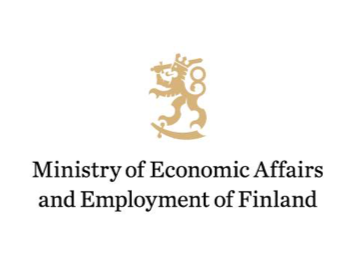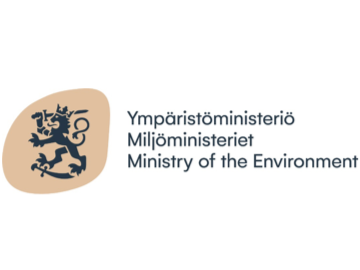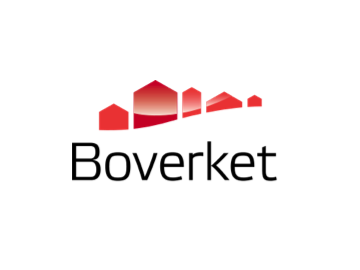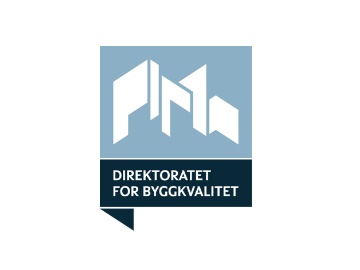The built environment constitutes a substantial portion of climate emissions, raw material consumption, and societal waste generation. Simultaneously, it encompasses approximately 80% of our national wealth. Leveraging the principles of the circular economy presents an opportunity to mitigate the drawbacks associated with construction while safeguarding the considerable value embedded in buildings through a myriad of approaches. Notably, media outlets have highlighted practices such as the preservation of existing structures and the repurposing of building elements as effective strategies within this context.
How can we measure the circular economy?
Nonetheless, the comprehensive monitoring of progress in the circular economy remains somewhat limited. Frequently, assessment is centered around the recycling rate, measuring the proportion of waste reinserted into circulation as new materials.
This method, however, overlooks the advantages derived from prolonging the lifespan of buildings or optimizing facility utilization.
Circular economy initiatives carry substantial potential, particularly in diminishing carbon emissions, curbing resource extraction, decreasing pressure for human-centric land use, and minimizing landfill waste. The adoption of more inclusive indicators can unveil often-neglected avenues for cultivating a more sustainable built environment. Relying on a broader set of metrics enables a more nuanced understanding of the multifaceted contributions that circular economy practices can make towards fostering sustainability in the construction sector.
Proposal for common indicators in the Nordic countries
To enhance comprehensive situational awareness, the Nordic network for circular construction embarked on a project to formulate a proposal for joint Nordic voluntary indicators pertaining to the circular economy in construction. The initial phase of the project involved contemplating the ideal metrics for measuring the circular economy within the construction sector.
Measuring the circular economy in construction should aim for a more holistic perspective. Beyond simply tracking the recycling rate of construction waste, it is crucial to delve into additional dimensions. For example, assessing the amount of building elements that can be reused instead of being designated as waste offers a more nuanced understanding. Moreover, considering the impacts of extending the lifespan of or promoting higher usage rates for existing buildings provides critical insights into sustainable practices.
The challenge is the scarcity and fragmentation of information
Measuring progress in the circular economy faces challenges due to the absence of many relevant metrics in current statistics. Information on crucial measures, such as the preservation and reuse of building elements, often resides in project-specific Excel files, making it challenging to compile comprehensive data. Additionally, while occupancy rates for certain building types, like ARA rental buildings, are considered in decisions regarding new construction financing, more extensive and readily available data on building type-specific occupancy rates and their evolving trends are vital for effective community and urban planning.
Recognizing this gap, the project has highlighted the necessity for new definitions that can assist decision-makers, project clients, and planners in making informed choices. Questions arise about what constitutes a new building or renovation aligned with circular economy principles, as well as the essential life cycle characteristics of construction products. Notably, in Norway’s joint FutureBuilt program involving six municipalities, such definitions have already been established for new construction and renovation projects in line with circular economy principles, facilitating a consensual advancement within the sector.
Despite the current buzz surrounding the circular economy and its potential, the lack of understanding regarding the extent of implementation poses a challenge. Monitoring material efficiency at the state level provides only a rudimentary snapshot of the construction industry’s progress or stagnation. A shared set of indicators among the Nordic countries can serve as a powerful tool to bolster commitment to implementing circular economy practices in the construction sector, offering a clearer picture of the industry’s advancements and fostering collaborative efforts towards sustainable goals.
Read the final report of the project and its recommendations from the NordPub platform!
Tuuli Kassi, Ethica Ltd.






